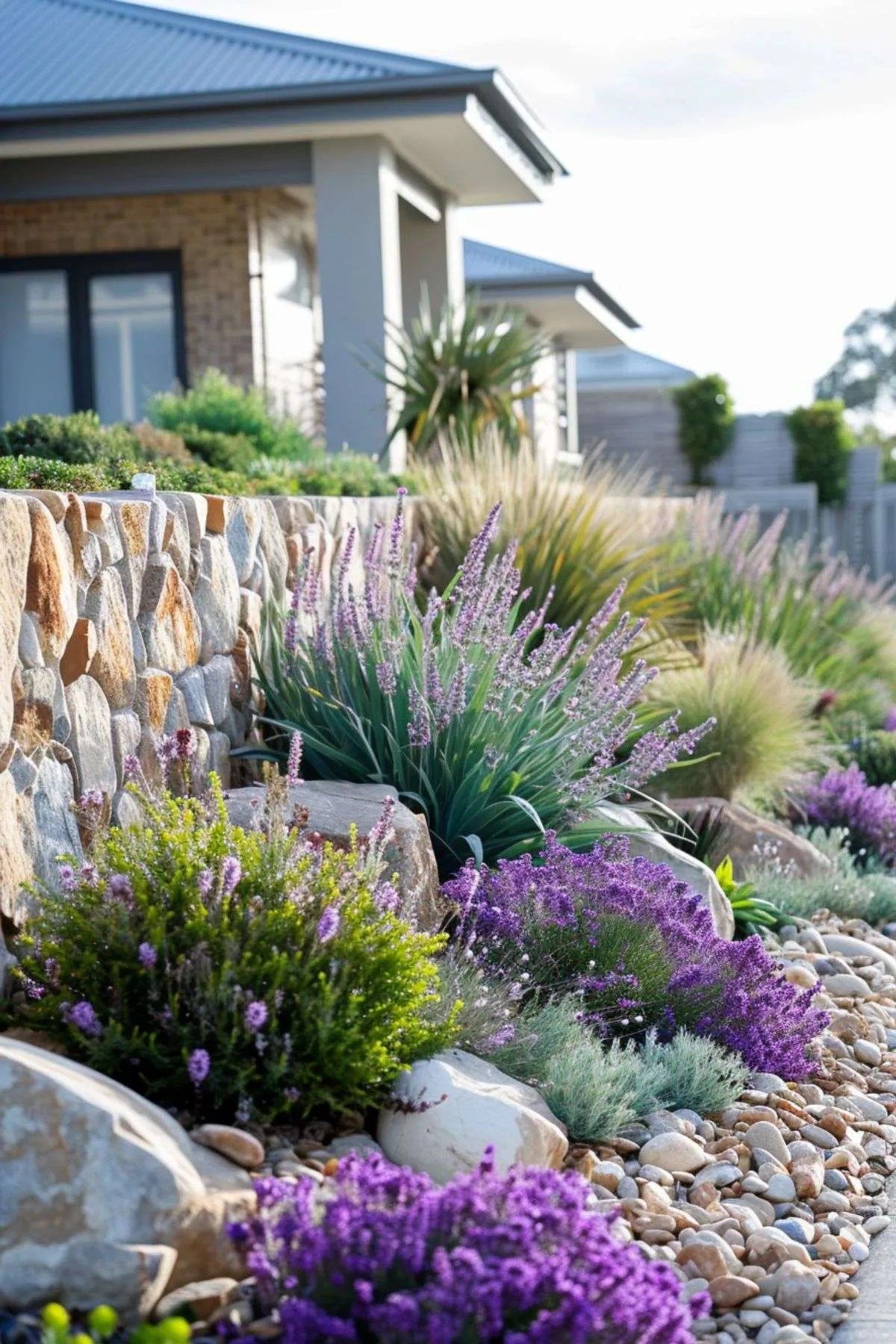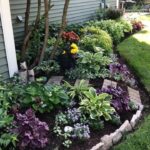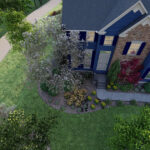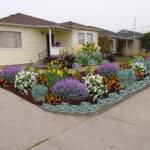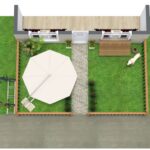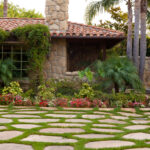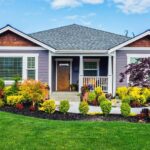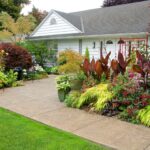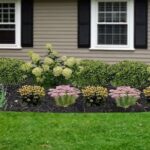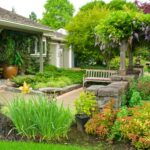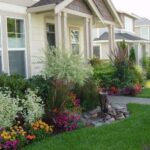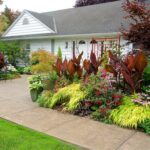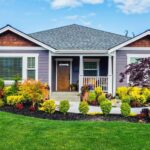When it comes to designing a front yard landscaping layout, there are several key factors to consider in order to create a visually appealing and functional outdoor space. One important aspect to keep in mind is the overall size and shape of the front yard. By carefully measuring the dimensions of the yard, you can better plan out where different elements such as flower beds, pathways, and hardscape features will be placed.
Another crucial consideration in front yard landscaping design is the level of maintenance required for the chosen plants and materials. If you are looking for a low-maintenance option, consider using native plants that are well-suited to the climate and soil conditions in your area. Additionally, incorporating mulch or gravel in flower beds can help reduce weed growth and retain moisture in the soil, cutting down on the need for frequent watering and weeding.
In terms of layout, creating defined borders and pathways can help give structure to the front yard and guide visitors towards the entrance of the home. This can be achieved through the use of hardscape materials such as bricks, pavers, or stone edging. By delineating specific areas for planting beds, lawn space, and outdoor seating, you can create a cohesive and organized look that enhances the overall curb appeal of your property.
When selecting plants for your front yard landscaping design, it’s important to consider factors such as sunlight exposure, soil quality, and water requirements. By choosing a mix of trees, shrubs, flowers, and grasses that are well-suited to the conditions in your area, you can create a balanced and visually appealing landscape that thrives throughout the year. Be sure to take into account the mature size of the plants and their growth habits to prevent overcrowding and ensure proper spacing.
Incorporating hardscape features such as a pathway, patio, or retaining wall can help add depth and visual interest to your front yard landscaping design. By using materials such as stone, brick, or concrete, you can create defined spaces for outdoor living and entertaining while also providing structure and stability to the landscape. Consider incorporating seating areas, water features, or lighting elements to enhance the functionality and aesthetic appeal of your front yard.
Finally, don’t forget to add personal touches to your front yard landscaping design to reflect your own style and preferences. Whether it’s a colorful flower bed, a decorative fence, or a unique sculpture, incorporating elements that resonate with you can help make your front yard a true reflection of your personality and taste. By carefully planning out the layout, choosing the right plants and materials, and adding personal touches, you can create a front yard landscape that is both functional and beautiful.
